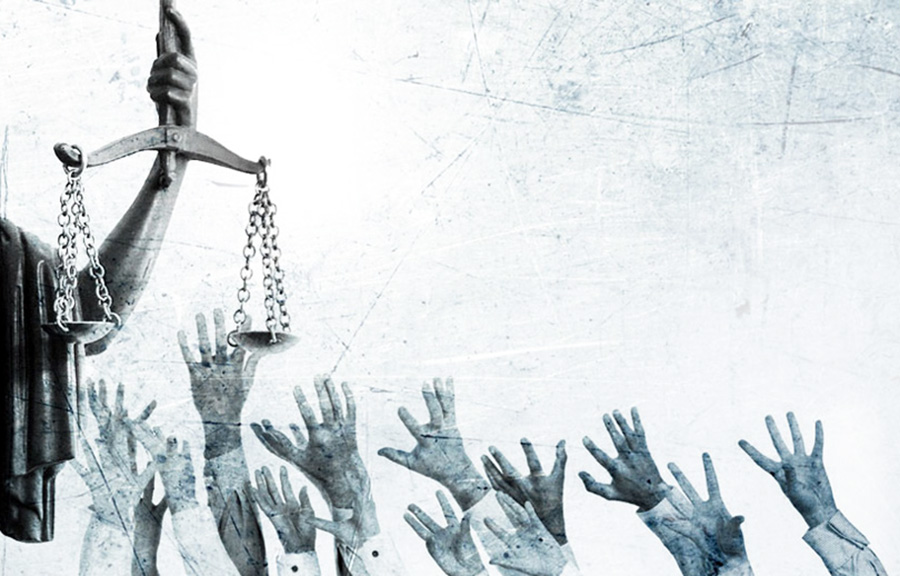
Transitional justice stakeholders
Transitional justice refers to how societies respond to the legacy of gross and flagrant human rights violations. It poses some of the most difficult questions in law, politics or social science, and strives to resolve countless arguments. It is true that each context has its own specificity, but societies and stakeholders around the world must come up with answers to the difficult and unified questions, namely, the start-up report, its timing and its adaptation, towards a peaceful, just and inclusive future, where it recognizes and addresses past crimes and unites citizens and leaders not to commit violence and human rights violations again. The march was long and challenging, and victims meaningful participation in all sectors of society was required.
Transitional justice concerns, first, victims, before any other consideration. It focuses heavily on their rights and dignity as citizens and persons alike, and seeks to account for and extract recognition and redress for the damage suffered. Transitional justice places victims at the centre of its work and gives their dignity the highest priority, thereby demonstrating the path towards a new social contract involving all citizens and safeguarding each others rights.
Transitional justice includes individuals who meet to address the legacy of heinous atrocities, or to end the renewed circles of violent conflict, through a range of different responses. They may include reforms to legal and political systems and institutions governing society, as well as mechanisms to uncover the truth about what has happened and its causes and to determine the fate of those forcibly detained or hidden. Such responses may also include judicial and non-judicial processes, such as national and international criminal prosecutions, aimed at holding perpetrators accountable, as well as initiatives to redress victims, which may take a variety of forms, including financial compensation, pensions, restitution of property, restitution of civil and political rights, access to health care or education, as well as recognition and memory of victims and abuses.
These responses, carried out individually or together, will support societys transition from conflict to sustainable peace, from authoritarian rule to democracy, from the legacy of mass human rights violations to respect for human rights, from a culture of impunity to a culture of dignified treatment of citizens. Such responses can be implemented in States where wars continue to wreak havoc, in States emerging from conflict or repression, as well as in developed democratic States addressing unaddressed human rights violations associated with systematic discrimination and marginalization. But these operations are difficult and can take years. Perhaps their common challenge is how to define and streamline steps. The other challenge is to maintain the momentum, energy and optimism of a breakthrough while striving to proceed with processes that can take a long time to complete.
Transitional justice is not a single element or process, nor is it a unique and rigid formula for institutional cloning. It is more like a map and a network of ways to reduce you to your destination: a more peaceful, just and inclusive society, reconciling it with its violent past and the most justice for the victims. But, no one way follows. Each society has various ways to go, determined by the nature of the atrocities committed and the characteristics of the society itself, including its culture, history, legal and political structures and capabilities, as well as its ethnicity, religion and social and economic composition. The speed and distance of society along this path depends on the tireless and tireless efforts and cooperation of all stakeholders, from government actors and politicians, through victims and civil society organizations, to ordinary citizens.

